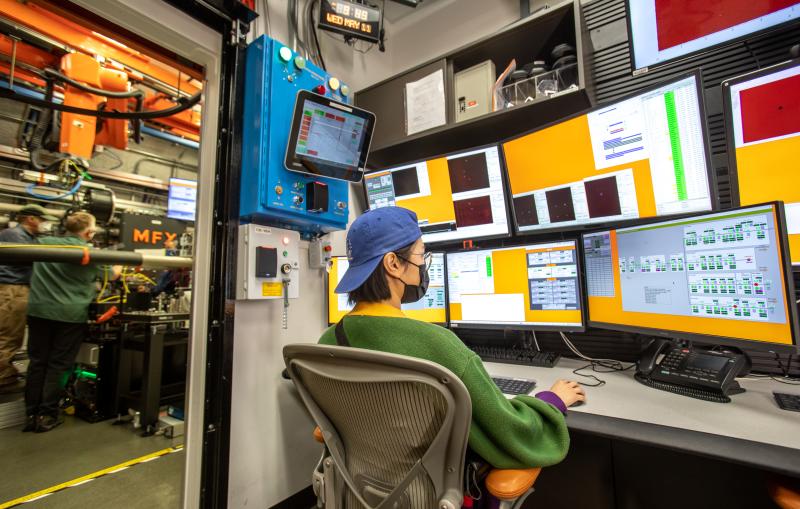SLAC is known for building big sophisticated machines for teasing out the secrets of the universe. They give researchers new eyes on the world, spurring discoveries that spark new inventions in a continuous cycle. In our large-scale facilities and research centers, scientists take advantage of specialized tools and expertise and collaborate with colleagues from a wide range of fields.
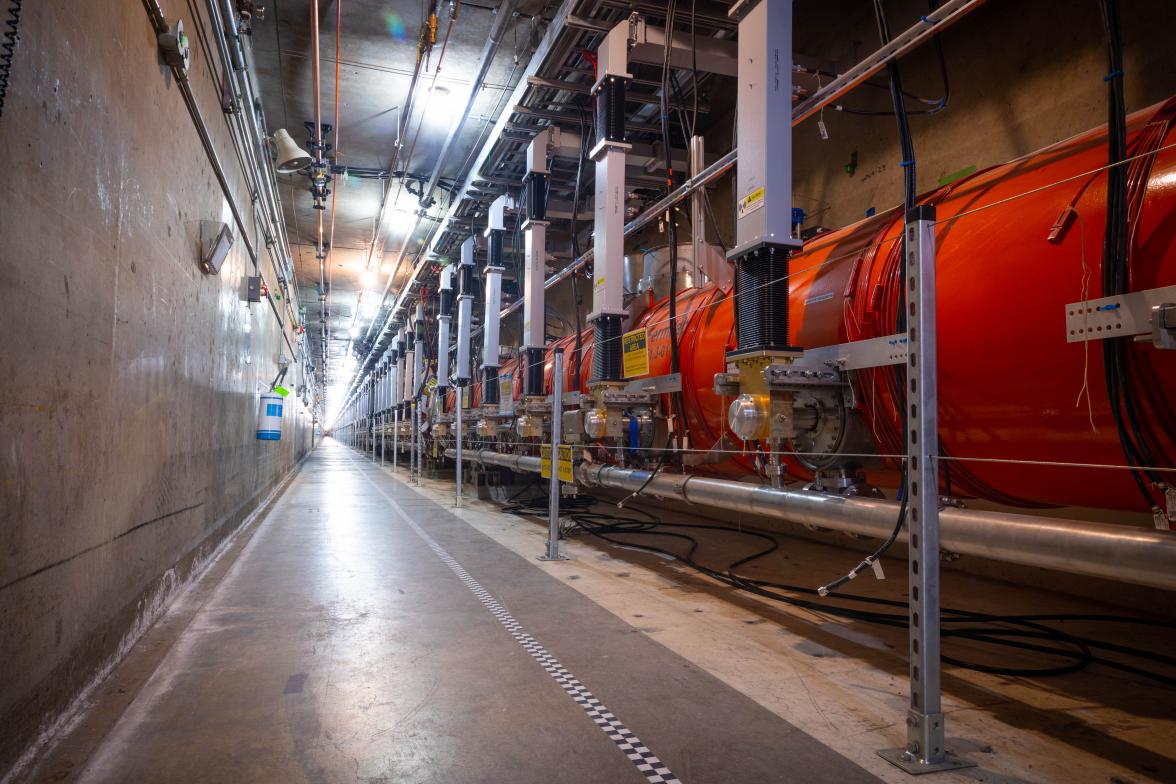
Sophisticated Tools
Scientific facilities
Three of our facilities – SSRL, FACET-II and LCLS, including the MeV-UED instrument – are DOE Office of Science user facilities where thousands of scientists from around the world come to do experiments each year.
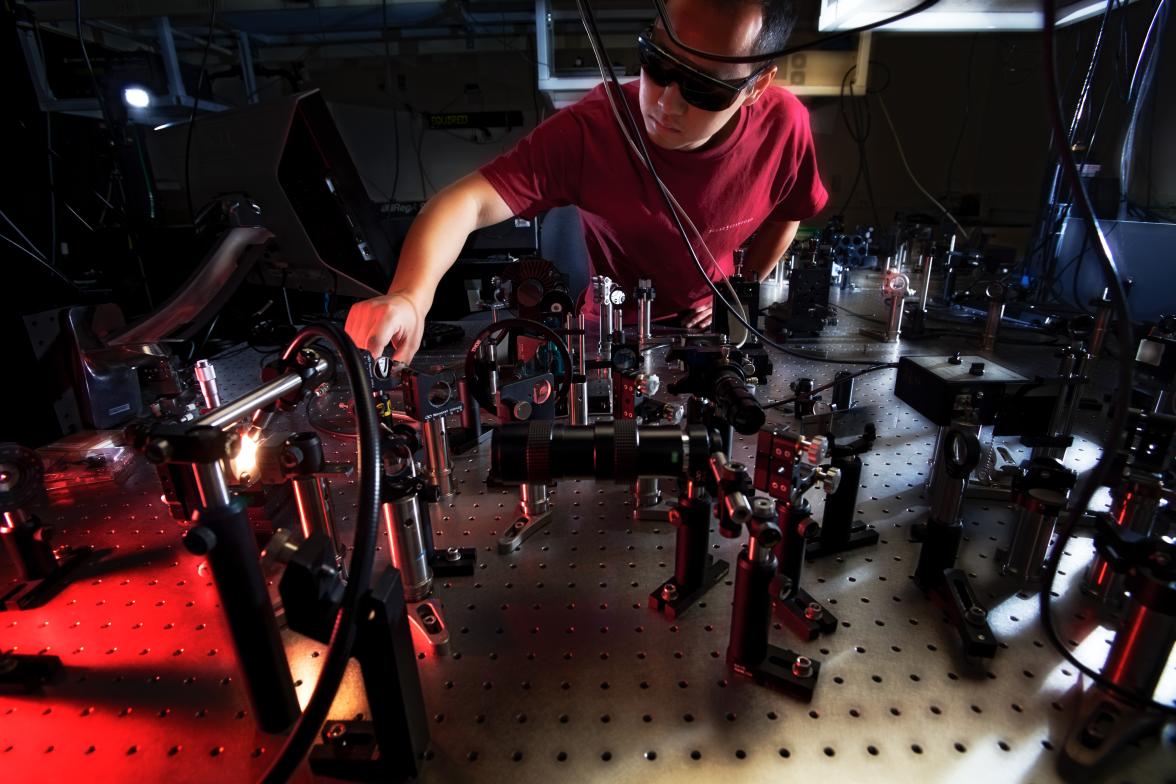
Teaming up with Stanford
Joint Institutes & Centers
In our four joint institutes with Stanford, researchers reap the benefits of close collaborations and train the next generation of scientists. Another joint facility makes cutting-edge bioimaging technology available to the scientific community.
Related links
Explore our frontier research
SLAC research explores nature on all scales, from the unseen realms of fundamental particles and unbelievably fast processes to astrophysical phenomena of cosmic dimensions that unfold over the age of the universe.
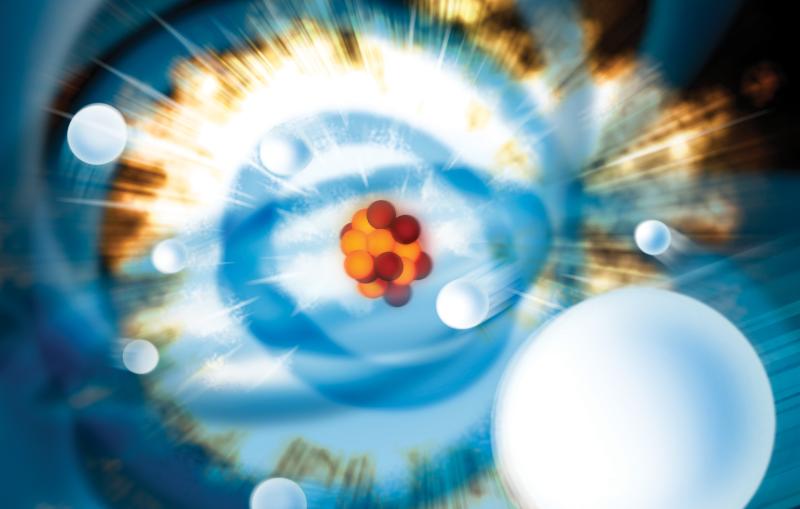
Our partnerships
Our partnerships with the DOE, Stanford University and industry are vital to our mission and to the growth and direction of our research programs.
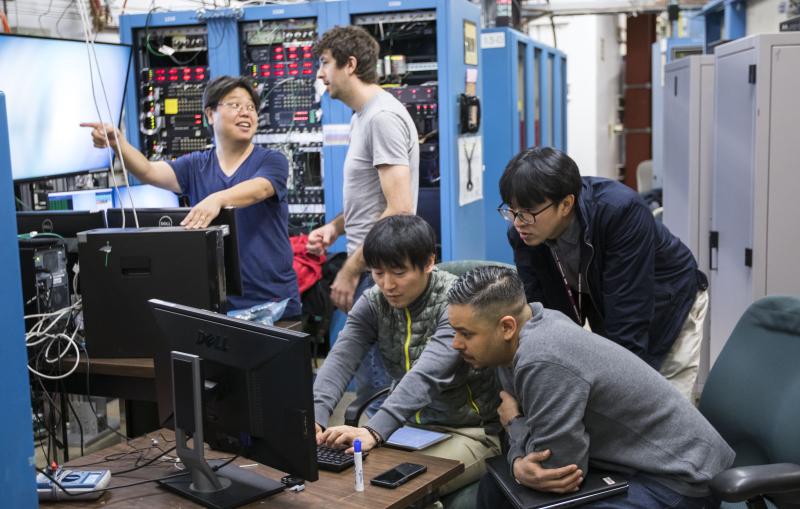
SLAC user portal
SLAC’s scientific users are critical to the laboratory’s success, driving scientific discoveries and contributing to the lab’s technological advancements. Thousands of scientists from all over the world access SLAC each year to participate in user research.
